|
|
|
|
| Adam Carr's Election Archive
|
Australian federal election, 2022
Division of Aston, Victoria
Named for: Matilda "Tilly" Aston (1873-1947), blind writer and teacher
Eastern Melbourne: Boronia, Ferntree Gully, Knox, Scoresby, Wantirna
State seats: All of
Rowville and
Ferntree Gully, parts of
Bayswater,
Monbulk and
Narre Warren North
Local government areas: All of Knox
Borders with:
Bruce,
Casey,
Chisholm and
Deakin
Enrolment at 2019 election: 110,342
Enrolment at 2022 election: 109,826 (-00.5)
1999 republic referendum: Yes 51.6
2018 same-sex marriage survey: Yes 62.0
Sitting member: Hon Alan Tudge (Liberal):
Elected 2010, 2013, 2016, 2019
2007 Liberal majority over Labor: 5.1%
2010 Liberal majority over Labor: 1.8%
2013 Liberal majority over Labor: 8.2%
2016 Liberal majority over Labor: 8.6%
2019 Liberal majority over Labor: 10.1%
2022 notional Liberal majority over Labor: 10.1%
Liberal two-party vote 1983-2019
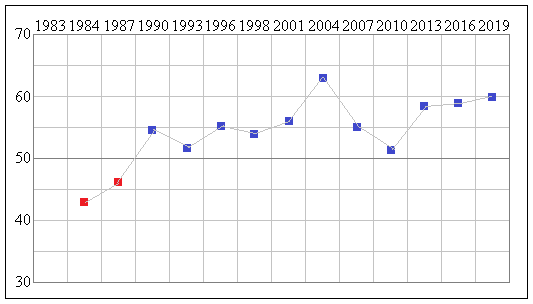
Status: Fairly safe Liberal
Best Liberal booths, two-party vote: Lysterfield (68.5), Rowville PPVC (68.1), Karoo (67.4),
Wantirna South PPVC (64.0), Rowville Central (63.1)
Best Labor booths, two-party vote: Upper Ferntree Gully (56.1), Boronia East (53.6), Ferntree Gully North (51.8),
Ferntree Gully 51.2, Bayswater (49.6)
2019 results
Statistics and history
Candidates in ballot-paper order:
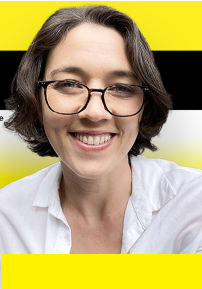 |
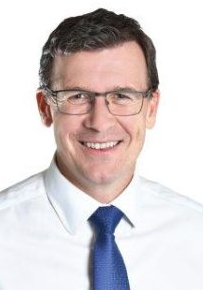 |
 |
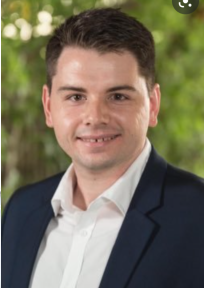 |
1. Rebekah Spelman
United Australia Party |
2. Hon Alan Tudge
Liberal Party |
3. Asher Cookson
Australian Greens |
4. Ryan Bruce
The New Liberals |
 |
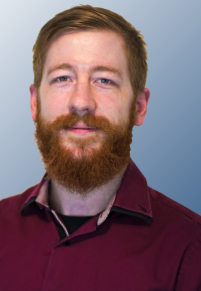 |
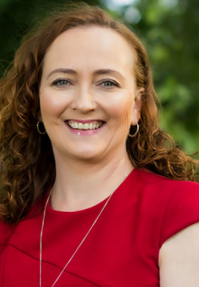 |
5. Craig Ibbotson
Pauline Hanson's One Nation |
6. Liam Roche
Liberal Democrats |
7. Mary Doyle
Australian Labor Party |
Candidate websites:
Ryan Bruce
Asher Cookson
Mary Doyle
Liam Roche
Rebekah Spelman
Hon Alan Tudge
Division of Aston
Aston was created in 1984, in Melbourne's eastern suburbs, centred on the fast-growing City of Knox and new wealthy
areas such as Wantirna and Lysterfield. It has a very high proportion of families with dependent children and dwellings
being purchased, indications of traditional families paying high mortgages. This is a high-income mortgage belt seat,
without the high concentration of people in professional occupations that marks wealthy seats closer to the city centre.
These factors explain why Aston changed from a marginal seat in the 1980s to the safest Liberal seat in metropolitan
Melbourne in 2004. There are still a few Labor-voting areas around Boronia on the north-eastern edge of the seat.
The seat's boundaries have not been affected by the 2021 redistribution.
Aston's first member, John Saunderson (Labor - he had
previously been member for
Deakin from 1983 to 1984) was defeated
in 1990 by Peter Nugent (Liberal), and the seat has got steadily better for the Liberals since. Nugent died in 2001 and
was succeeded by Chris Pearce, who easily held the seat until he retired in 2010.
Alan Tudge, Liberal MP for Aston since 2010, has an MBA from Harvard and was a lawyer, consultant and ministerial
adviser (to Alexander Downer) before his election. He became a parliamentary secretary in 2013 and Minister for
Minister for Cities, Urban Infrastructure and Population in 2018. He joined the Cabinet in 2019 and became
Minister for Education and Youth. In December 2021 he resigned after allegations of domestic violence, which he denied. The
Labor candidate is Mary Doyle, an organiser with the National Tertiary Education Union. The Greens candidate is
Asher Cookson, a student. Clive Palmer's UAP candidate is
Rebekah Spelman, a former Frankston City Councillor and anti-vaccination campaigner.
Demographics:
Median weekly household income: $1,590 (Australia $1,438)
People over 65: 15.2% (Australia 15.8%)
Australian born: 64.2% (Australia 66.7%)
Ancestry: Chinese 9.3%
Non-English-speaking households: 30.2% (Australia 22.2%)
Catholics 21.9% (Australia 22.6%)
No religion 32.5% (Australia 29.6%)
University graduates: 22.9% (Australia 22.0%)
Professional and managerial employment: 33.2% (Australia 35.2%)
Employed in manufacturing and construction: 28.7% (Australia 22.9%)
Paying a mortgage: 42.3% (Australia 34.5%)
Renting: 19.9% (Australia 30.9%)
Traditional families: 41.4% (Australia 32.8%)
Back to main page
|
|














